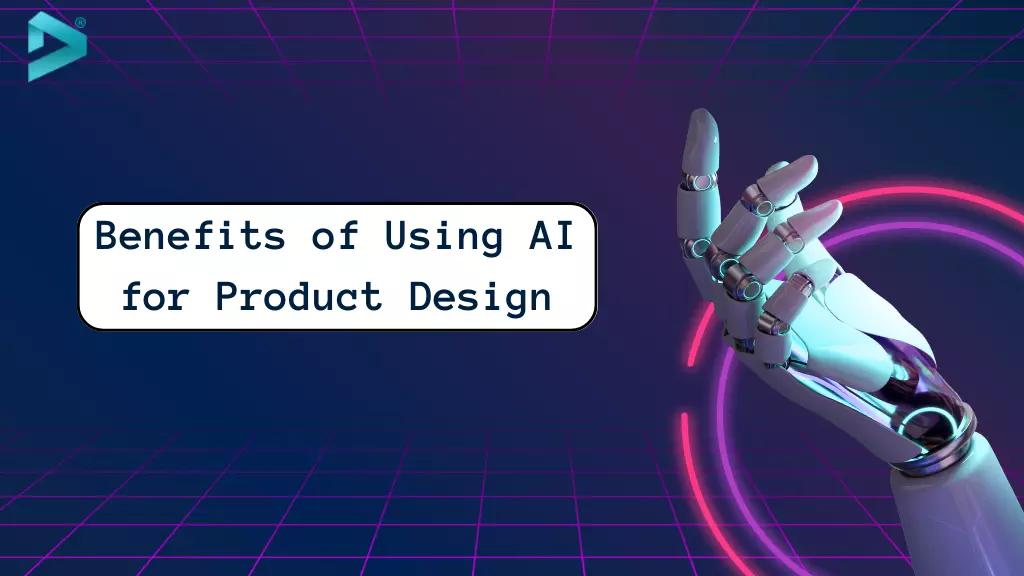Imagine using a computer program to produce limitless ideas, simulate real-world behavior, and make smart decisions. That sounds impressive, agree? Artificial intelligence is transforming not just the way we create things, but it can also impact the world through the development of revolutionary products. So let’s dig deeper a bit and talk about the most surprising benefits of AI for product design.
The Integration of AI in Product Design
Numerous industries, including product design and UX, have been transformed by AI. From autonomous vehicles and medical devices to e-commerce and home technology, artificial intelligence is transforming how products are designed, developed, and delivered.
According to McKinsey's recent research, “The State of AI in 2022 - and a Half-Decade Review,” artificial intelligence adoption has been extraordinary, more than doubling since 2017. Only 20% of respondents in that year reported using AI in at least one business sector.
However, by 2022, that number had risen to an astonishing 50%, having peaked at 58% in 2019. And a big part of survey participants stated that they used AI in product design due to the number of benefits that the technology provides.
Top 5 Benefits of Using AI for Product Design
Here is the list of top 5 benefits of using artificial intelligence for product design.
-
Data Collection
-
Improved Personalization
-
Enhanced Usability
-
Increased Efficiency
-
Effective Testing and Simulation
#1 — Data Collection
AI product design tools can access and analyze vast amounts of data with great speed and accuracy, which is of great help for product designers:
-
Researching the market — AI tools can help designers find precisely the information they need to research the market and their target users;
-
Finding inspiration — AI tools can help designers find inspiration. By analyzing gigabytes of data (even the entire Internet), artificial intelligence tools can help designers find new ideas and approaches to their work.
Artificial intelligence has proven to be quite beneficial in terms of improving the research process. Insights teams can now run predictive analyses quicker, automate repetitive operations, and summarize vast amounts of data thanks to AI-powered algorithms.
With qualitative data typically deemed difficult to review (due to the time required if done manually), AI helps researchers lessen the workload so that they can focus on generating a better product concept.
#2 — Improved Personalization
By evaluating data about customer interests, activities, and needs, AI helps designers create more tailored and personalized experiences for them. A recommendation engine, for example, may propose content or products based on a user's previous interactions with a website or app.
Additionally, generative AI models enable rapid prototyping of new product designs based on sketches and textual descriptions, facilitating ideation sessions.
#3 — Enhanced Usability
AI can assist designers in identifying trends in user behavior and using that data to refine product interfaces for usability. For example, an AI-powered system may identify that a specific button or menu item is clicked less often than expected and move it to a more visible area to make it simpler for users to find.
#4 — Increased Efficiency
Designers might benefit from AI by automating certain tasks. Thus, they can free up their time and resources for more creative and strategic work. Based on user input and data, AI-powered solutions can develop design mockups or prototypes. So no manual design development is necessary.
#5 — Effective Testing and Simulation
Have you ever had design issues due to the lack of knowledge about how a target product will perform in real-world conditions? With AI, such situations can be avoided as you can test and enhance your designs in a virtual environment even before the production stage starts.
Thus, designers can use AI tools to predict product behavior, such as how it will respond to different loads and strains or how it will interact with other products or systems. This can assist designers in creating more durable and reliable products.
Leveraging AI in Product Design
As you can see, AI brings product design to a whole new level. Modern artificial intelligence solutions help designers not only process gigabytes of information quickly but also analyze user behaviors, run virtual product tests, and automate routine design tasks.

